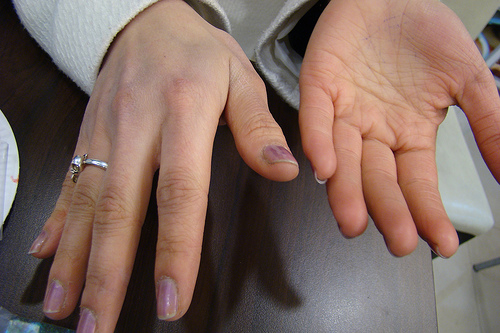
.jpg)
Mycoplasma is found more often in younger than in older people. The process most often involves the lower lobe but may affect any lobe or combination of lobes. Infiltration commonly begins in the perihilar region (where the bronchus begins) and spreads in a wedge- or fan-shaped fashion toward the periphery of the lung field. In general, occult pneumonia is rather often present in patients with pneumonia and can also be caused by Streptococcus pneumoniae, as the decrease of occult pneumonia after vaccination of children with a pneumococcal vaccine suggests. Known viral causes of atypical pneumonia include respiratory syncytial virus (RSV), influenza A and B, parainfluenza, adenovirus, severe acute respiratory syndrome (SARS), Middle East respiratory syndrome (MERS), COVID-19 Ĭhest radiographs (X-ray photographs) often show a pulmonary infection before physical signs of atypical pneumonia are observable at all. However, newer techniques aid in the definitive identification of the pathogen, which may lead to more individualized treatment plans. In the past, most organisms were difficult to culture. rashes) symptoms.Ītypical pneumonia can also have a fungal, protozoan or viral cause. Mycoplasma pneumoniae Usually occurs in younger age groups and may be associated with neurological and systemic (e.g. Legionella pneumophila Causes a severe form of pneumonia with a relatively high mortality rate, known as legionellosis or Legionnaires' disease.

The most common causative organisms are (often intracellular living) bacteria: Chlamydia pneumoniae Mild form of pneumonia with relatively mild symptoms. Silent hypoxia may occur and not be noticed, but will be picked up by pulse oximetry.The patient looks better than the symptoms suggest. Despite general symptoms and problems with the upper respiratory tract (such as high fever, headache, a dry irritating cough followed later by a productive cough with radiographs showing consolidation), there are in general few physical signs.Moderate amount of sputum, or no sputum at all (i.e.Extrapulmonary symptoms, related to the causing organism.As the disease progresses, however, the look can tend to lobar pneumonia. No signs and symptoms of lobar consolidation, meaning that the infection is restricted to small areas, rather than involving a whole lobe.No response to common antibiotics such as sulfonamide and beta-lactams like penicillin.


Usually the atypical causes also involve atypical symptoms: The distinction was historically considered important, as it differentiated those more likely to present with "typical" respiratory symptoms and lobar pneumonia from those more likely to present with "atypical" generalized symptoms (such as fever, headache, sweating and myalgia) and bronchopneumonia. The term was introduced in the 1930s and was contrasted with the bacterial pneumonia caused by Streptococcus pneumoniae, at that time the best known and most commonly occurring form of pneumonia. When it develops independently from another disease, it is called primary atypical pneumonia (PAP). A variety of microorganisms can cause it. Its clinical presentation contrasts to that of "typical" pneumonia. Atypical pneumonia, also known as walking pneumonia, is any type of pneumonia not caused by one of the pathogens most commonly associated with the disease.


 0 kommentar(er)
0 kommentar(er)
